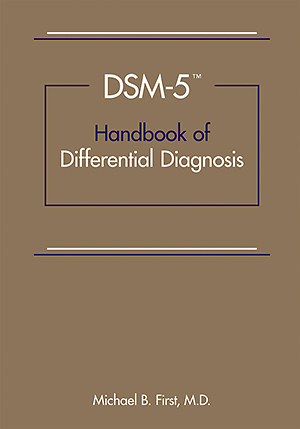Sections
Excerpt
The process of DSM-5 differential diagnosis can be broken down into six basic steps: 1) ruling out Malingering and Factitious Disorder, 2) ruling out a substance etiology, 3) ruling out an etiological medical condition, 4) determining the specific primary disorder(s), 5) differentiating Adjustment Disorder from the residual Other Specified and Unspecified conditions, and 6) establishing the boundary with no mental disorder. A thorough review of this chapter provides a useful framework for understanding and applying the decision trees presented in the next chapter.
Access content
To read the fulltext, please use one of the options below to sign in or purchase access.- Personal login
- Institutional Login
- Sign in via OpenAthens
- Register for access
-
Please login/register if you wish to pair your device and check access availability.
Not a subscriber?
PsychiatryOnline subscription options offer access to the DSM-5 library, books, journals, CME, and patient resources. This all-in-one virtual library provides psychiatrists and mental health professionals with key resources for diagnosis, treatment, research, and professional development.
Need more help? PsychiatryOnline Customer Service may be reached by emailing [email protected] or by calling 800-368-5777 (in the U.S.) or 703-907-7322 (outside the U.S.).



